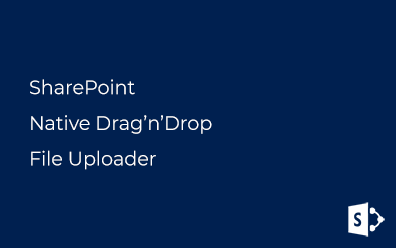SharePoint. Getting Document Icon URL
docicon.xml
All the icons for files on SharePoint are registered in the file, located at \14\TEMPLATE\XML\DOCICON.XML. Here is a small piece of it:
<?xml version="1.0" encoding="utf-8"?>
<DocIcons>
<ByProgID>
<Mapping Key="Excel.Sheet" Value="ichtmxls.gif" EditText="Microsoft Excel" />
<!-- ... -->
</ByProgID>
<ByExtension>
<Mapping Key="zip" Value="iczip.gif" OpenControl=""/>
<!-- ... -->
</ByExtension>
<Default>
<Mapping Value="icgen.gif"/>
</Default>
</DocIcons>
To read this data here is a static class:
/// <summary>
/// Document icons from DOCICON.XML file
/// </summary>
public static class DocumentIcons
{
private static NameValueCollection ExtensionImages { get; set; }
static DocumentIcons()
{
ExtensionImages = new NameValueCollection();
// Path to docicon.xml file
var dociconPath = SPUtility.GetGenericSetupPath(@"template\xml") + @"\docicon.xml";
var fi = new FileInfo(dociconPath);
using (var stream = fi.OpenText())
{
var doc = XDocument.Load(stream);
var icons = doc.Element("DocIcons");
var byExt = icons.Element("ByExtension");
foreach (var ext in byExt.Elements())
{
var key = ext.Attribute("Key").Value;
var val = ext.Attribute("Value").Value;
ExtensionImages.Add(key, "/_layouts/images/" + val);
}
}
}
/// <summary>
/// Getting document icon URL by file extension
/// </summary>
/// <param name="extension">Extension without dot</param>
/// <returns>URL of icon</returns>
public static string GetIconUrl(string extension)
{
return ExtensionImages[extension] ?? "/_layouts/images/ICGEN.GIF";
}
}
You can use it, for example, by creating a property in your class representing any document like this:
/// <summary>
/// Icon URL
/// </summary>
public string IconUrl
{
get
{
// Get file extension
var ext = System.IO.Path.GetExtension(ServerUrl);
if (ext.Length > 0)
{
// Cut off leading dot
ext = ext.Substring(1);
// Return icon&for extension
return DocumentIcons.GetIconUrl(ext);
}
// Return default icon
return DocumentIcons.GetIconUrl(string.Empty);
}
}
PDF-file icon
To display the icon for pdf-files in SharePoint document library, it is enough to register it in the ByExtension section:
<Mapping Key="pdf" Value="icpdf.png"/>
And place icon into \14\TEMPLATE\IMAGES folder.

















